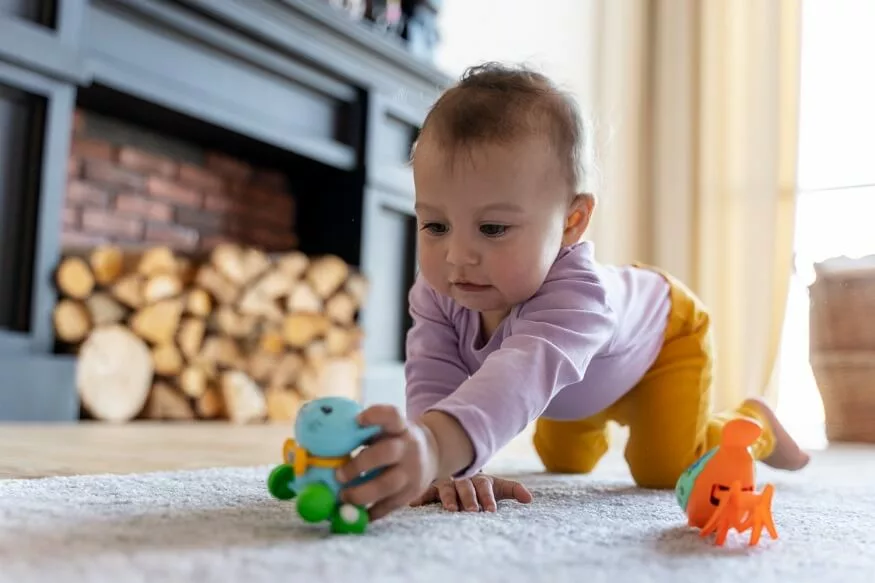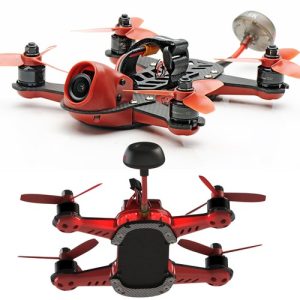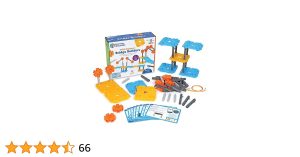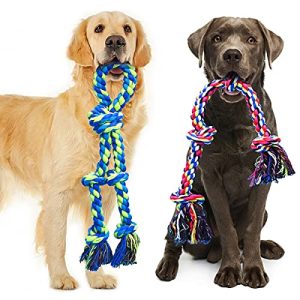Have you ever wondered when your baby will start enjoying toys? Watching your infant explore new things is exciting, but knowing the right time for them to play with toys can help you support their growth better.
Toys are more than just fun—they help your little one learn and develop important skills. You’ll discover exactly when infants begin to play with toys and how you can choose the best ones to boost your baby’s development. Keep reading to unlock the secrets that will make playtime both safe and enjoyable for your child.

Credit: pathways.org
Toy Interaction In Newborns
Newborns start exploring the world through their senses. Their early play with toys is simple but important. It helps them learn about touch, sight, and movement. Though they cannot grab or hold toys well, they show interest in objects around them. Caregivers can encourage this early interaction to support growth and development.
At this stage, toys with bright colors and soft textures work best. Newborns respond to shapes and sounds more than complex features. Understanding how newborns interact with toys helps parents choose the right items for their babies.
Reflexive Grasping
Newborns have a natural reflex to grasp objects placed in their hands. This reflex is automatic and does not mean they control their fingers yet. When a toy or finger touches their palm, they close their hand tightly. This action is called reflexive grasping. It shows their early connection with objects and begins hand development.
Soft rattles or small, lightweight toys are good for this stage. They allow the baby to feel the shape and texture. This reflex fades as babies gain voluntary control over their hands.
Visual Tracking Of Objects
Newborns can follow moving objects with their eyes. This skill is called visual tracking. At first, they focus best on high-contrast items like black and white patterns. Slowly, they learn to track colorful toys as their vision improves.
Parents can help by moving toys slowly in front of the baby’s face. This encourages eye movement and attention. Visual tracking supports brain development and prepares babies for later play skills.
Playing At 2 To 4 Months
At 2 to 4 months, babies begin to explore toys in new ways. Their senses grow stronger, and they start to interact more with objects around them. Play becomes a tool for learning and discovering. This stage is exciting as infants show early signs of curiosity and coordination. Simple toys can capture their attention and encourage movement.
Reaching And Batting
Babies start reaching for toys with their hands. They may not grab yet, but they try to touch objects. Batting at hanging toys helps improve hand-eye coordination. These movements build muscles and prepare them for grasping. Soft, lightweight toys are best for this stage. Watching their hands move shows growing control and interest.
Responding To Color And Sound
Bright colors attract babies’ eyes at this age. They focus longer on toys with strong contrasts. Sounds also catch their attention. Rattles and soft bells encourage listening skills. Babies may turn their heads toward noises. Toys that combine color and sound offer great stimulation. This helps develop their senses and attention span.
Toy Engagement From 4 To 6 Months
Between four and six months, babies begin to show more interest in toys. Their senses develop, and they start to interact with objects around them. This stage is important for their growth. They learn by touching and exploring toys. Parents can help by offering safe, colorful, and easy-to-hold toys.
Voluntary Grasping And Holding
By four months, infants gain better control over their hands. They start to grasp toys on purpose, not just by chance. Holding a toy helps improve their hand strength and coordination. Babies enjoy shaking and moving toys to hear sounds or see movements. This action encourages them to reach and grab more often.
Exploring Toys With Mouth
Mouth exploration is common from four to six months. Babies use their mouths to learn about texture and taste. They often chew or suck on toys to understand them better. Soft, safe toys are best for this stage. This behavior also helps soothe teething discomfort. Always choose toys that are easy to clean and free from small parts.

Credit: www.euroschoolindia.com
Milestones Around 6 To 9 Months
Between 6 to 9 months, infants show exciting progress in how they play. This stage marks a time when babies become more curious and active with toys. They start exploring objects in new ways and learn from watching others. These milestones help build their skills and confidence.
Passing Objects Between Hands
Babies begin to pass toys from one hand to the other. This shows better control and coordination of their fingers. It also helps them explore objects more fully. This skill prepares them for holding and using toys more skillfully.
Imitating Simple Actions
Infants start copying simple actions they see around them. They might shake a rattle or bang two blocks together. This imitation shows growing attention and learning ability. Playing by copying also helps babies understand cause and effect.
Playing With Toys At 9 To 12 Months
Between 9 and 12 months, babies show great interest in toys. They explore objects with hands and mouths. Their play becomes more active and purposeful. This stage is vital for their learning and growth. Toys help build skills and encourage curiosity. Caregivers can support this by offering safe, simple toys.
Using Toys For Cause And Effect
At this age, babies begin to understand cause and effect. They learn that actions can make things happen. For example, pressing a button might make a sound. Dropping a toy could cause it to fall. Toys like pop-up boxes or musical instruments work well. These toys show clear results from baby’s actions. This helps babies learn about their environment and control.
Emerging Problem-solving Skills
Babies start to solve simple problems during play. They try to figure out how toys work. For example, fitting shapes into a sorter or stacking blocks. This practice strengthens thinking and coordination. Babies enjoy trying again when they do not succeed. Caregivers can encourage this by praising effort. Problem-solving in play builds confidence and independence.
Choosing Age-appropriate Toys
Choosing age-appropriate toys is key for infants starting to play. Toys should match the baby’s growing skills and interests. This helps keep playtime safe and fun. It also supports their learning and development. Picking the right toys encourages babies to explore and discover new things at their own pace.
Safety Considerations
Safety is the top priority when choosing toys. Look for toys with no small parts that babies can swallow. Avoid sharp edges or loose pieces. Check that materials are non-toxic and easy to clean. Always follow the age recommendations on the toy packaging. Regularly inspect toys for damage or wear and remove unsafe ones immediately.
Encouraging Development With Toys
Toys help babies develop many skills. Soft rattles and teething rings improve hand-eye coordination. Bright colors and simple shapes boost visual tracking and focus. Toys that make sounds teach cause and effect. Stacking blocks and puzzles build problem-solving skills. Choose toys that match your infant’s current stage and gently challenge them to grow.
Tips For Encouraging Play
Encouraging play helps infants learn and grow. Play builds their skills and keeps them happy. Parents and caregivers can support play with simple steps. These tips create a fun and safe space for babies to explore toys.
Creating A Stimulating Environment
Use bright and colorful toys to catch your baby’s eye. Soft textures and different shapes help babies feel and discover. Keep toys within easy reach to invite grabbing and touching. Change the toys often to keep your infant curious. A quiet, safe space lets your baby focus on play without distractions.
Engaging In Interactive Play
Get down to your baby’s level to play together. Show how to use toys by demonstrating gently and slowly. Smile and talk to your baby during play to keep them interested. Clap or cheer when your baby interacts with toys to encourage more play. Copy your baby’s sounds and movements to create connection and fun.

Credit: www.itzyritzy.com
Frequently Asked Questions
When Do Infants Begin To Show Interest In Toys?
Infants typically start showing interest in toys around 2 to 3 months old. They focus on bright colors and simple shapes. This is when hand-eye coordination begins to develop, encouraging them to reach for and grasp objects.
What Types Of Toys Are Best For Newborns?
Soft, colorful, and safe toys like rattles and plush animals suit newborns best. These toys stimulate their senses and encourage early motor skills. Avoid small parts to ensure safety.
How Does Toy Play Benefit Infant Development?
Playing with toys enhances sensory, motor, and cognitive skills in infants. It promotes hand-eye coordination, problem-solving, and social interaction. Early play also supports emotional bonding with caregivers.
When Should Infants Start Grasping And Holding Toys?
Infants usually begin grasping and holding toys between 3 to 4 months. Their grip strengthens as muscles develop. Offering easy-to-hold toys encourages this important milestone.
Conclusion
Babies begin to show interest in toys around two to three months. They enjoy soft, colorful, and easy-to-hold items first. Playing helps them learn about the world and develop skills. Parents should choose safe, age-appropriate toys to keep babies engaged.
Remember, every child grows at their own pace. Watching your baby explore toys can be a joyful experience. Encourage play gently and enjoy these early moments together. Toys are more than fun—they support important growth steps. Keep the playtime simple and full of love.





